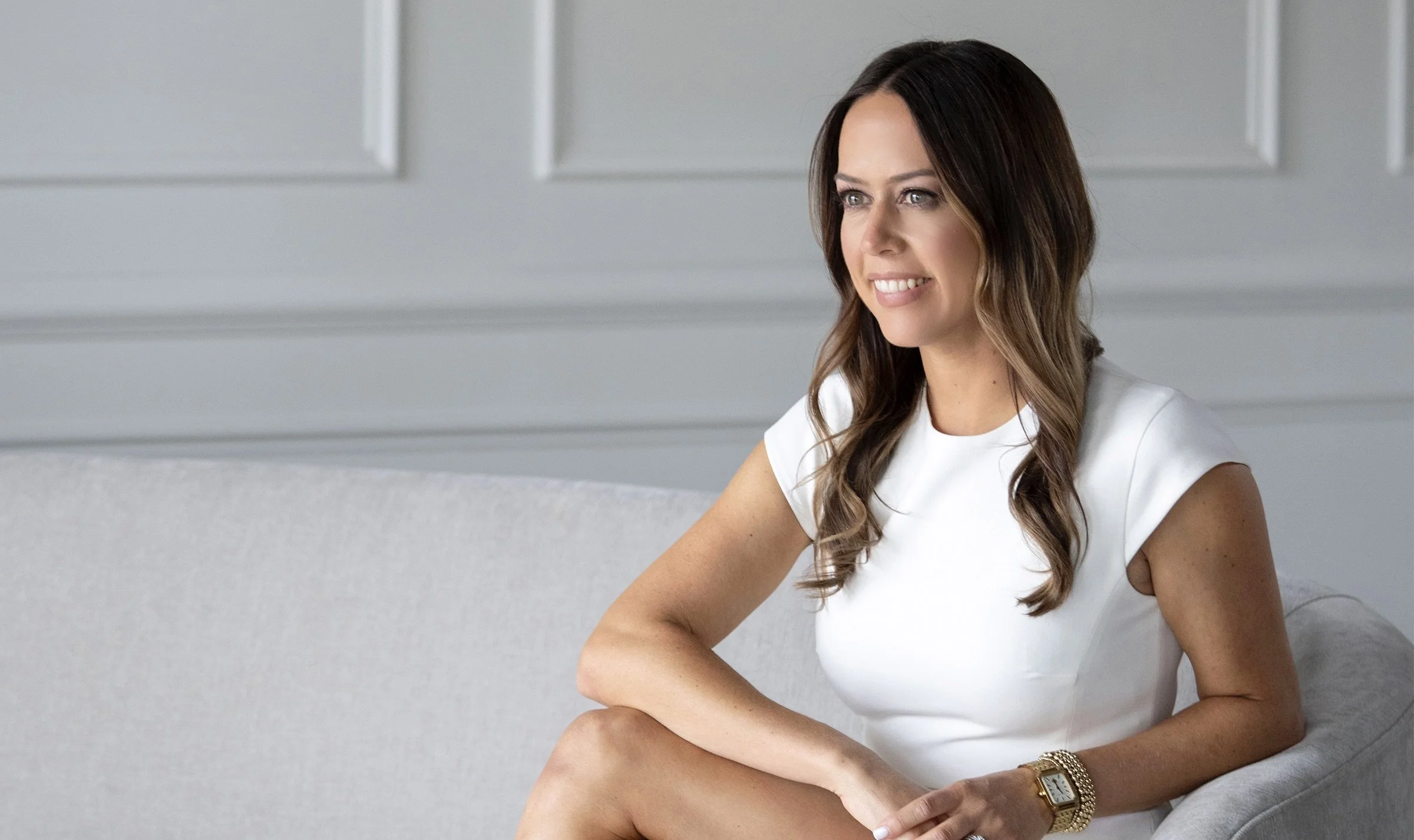Burnout Recovery Starts in Your Brain
Takeaway: Burnout doesn’t just drain your energy, it rewires your brain and disrupts your hormones. But the damage isn’t permanent. With the right tools, you can restore balance, focus, and vitality without falling into diet culture or wellness gimmicks.
If you’re constantly running on fumes, pushing through the palpitations, the stomach issues, and the brain fog because “that’s just life right now,” I hear you. I was there too, doing the work I loved, raising kids during a pandemic, keeping my practice afloat, and suddenly wondering if my heart was failing. It wasn’t. It was burnout. And it wasn’t “just in my head.”
I spoke with Dr. Romie Mushtaq, a board-certified neurologist and the bestselling author of The Busy Brain Cure. Her story mirrored mine in more ways than I expected like many of you, we pushed through our symptoms until our bodies forced us to stop.
In my case, it looked like heart palpitations and unexplained pain. For Dr. Romie, it was precancerous lesions and a complete collapse of her physical health. This isn’t rare anymore, it’s real, it’s measurable, and it’s preventable.
Burnout Isn’t Just Mental, It’s Measurable
Burnout changes how your brain functions. Dr. Romie explained it as neuroinflammation particularly in the hypothalamus, the brain’s command center for sleep, hormones, energy, and focus. When this area gets inflamed by prolonged stress, everything starts to unravel: your mental health, your energy, your digestion, even your menstrual cycle.
That’s why the first step in recovery isn’t pushing through, it’s getting curious.
Step One: Get Medical Data, Not Just Advice
Too many women get brushed off when we say, “Something’s not right.” Ask your doctor to run a full thyroid panel, not just the basic TSH. Dr. Romie outlines eight critical labs in Chapter 16 of The Busy Brain Cure you can bring directly to your provider. These labs are often covered by insurance and can catch hidden dysfunctions driving your burnout.
If you’ve been told “your labs are normal,” but you still feel off, press for more. Advocate for yourself.
Step Two: Shift the Chemistry
Once you’ve got the data, the real healing begins with small, targeted changes. Here are two science-backed shifts that make a real impact:
1. Rethink Caffeine and Carbs
Avoid high-glycemic carbs (think: bagels, pastries, white rice) within one hour before or after caffeine. When caffeine and insulin spike at the same time, it worsens brain inflammation and anxiety. You don’t need to quit either—just separate them.
2. Use Sound to Calm the Brain
Binaural beats and sound therapy aren’t fluff, they’re neurologically effective. With headphones, different frequencies are delivered to each ear to shift your brainwaves into a calmer state. Use them for focus, anxiety, or sleep. Dr. Romie recommends them throughout her protocol, and the difference is measurable.
Step Three: Rewire Your Routine, One Week at a Time
Recovery doesn’t require overhauling your life overnight. Dr. Romie’s eight-week Brain Shift Protocol is designed for busy people, just 30 minutes a day. You start by regulating sleep, then layer in micro-habits like sound therapy, movement, and nutrition. Real change, not overwhelming change.
And the goal isn’t perfection, it’s progress. One shift a week is enough to begin reversing the impact of burnout.
Your Brain’s Asking for Backup
This isn’t about being tougher or more positive. It’s about giving your brain the support it needs to recover and function like it’s supposed to. I’ve lived through the crash and found my way back.
Healing Starts with One Shift
You don’t need another generic self-care checklist. You need science-backed strategies, a team that gets it, and space to heal at your own pace. You can get back to focus, energy, joy and you don’t have to hustle your way there.
Start with one shift. Let your body rebuild. Your health is not a lost cause.
MEET THE AUTHOR
Justine Carino
Justine is a licensed mental health counselor with a private practice in White Plains, NY. She helps teenagers, young adults and families struggling with anxiety, depression, family conflict and relationship issues. Justine is also the host of the podcast Thoughts From the Couch.





